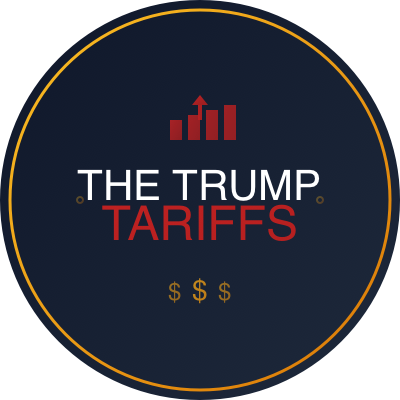NextFin news, In November 2025, in Washington D.C., the spotlight has returned to the sweeping tariffs imposed by President Donald Trump during his current administration, which began in January 2025. These tariffs, affecting nearly all U.S. trading partners, remain a central piece of Trump’s economic agenda focused on reshaping global trade in America’s favor. However, recent developments within the White House—specifically changes in key economic advisory positions—and emerging legal challenges have fueled speculation in financial and policy circles about whether these tariffs might be scaled back or reversed in the near term.
The tariffs, originally designed to protect domestic industries and correct perceived trade imbalances, have since met criticism for increased input costs across sectors, supply chain disruptions, and strained diplomatic trade relations. The White House has yet to issue an official statement signaling any imminent policy reversal, but insider reports from economic counselors hint at robust internal debate weighing the benefits of continuing the tariff strategy against mounting economic friction. This news emerges as the U.S. Supreme Court examines the administration’s authority under emergency declarations to impose such broad import taxes, a legal scrutiny that could curtail the current tariff framework if restrictions are affirmed.
According to a November 2025 analysis published by Investing.com, the nexus of administrative shifts and judicial review creates a high probability scenario for recalibrating tariff policies. President Trump’s engagement with foreign leaders, such as the recent bilateral meeting with Hungarian Prime Minister Viktor Orbán, underscores a nuanced foreign economic policy that balances traditional protectionism with selective diplomatic openings—all of which could influence tariff decisions.
Examining the causes behind the possible reversal reveals several contributing factors. First, the ongoing government shutdown in late 2025 has imposed economic uncertainty domestically, pressuring the administration to consider easing trade tensions to stabilize markets. Second, data indicates that tariffs have contributed to a 3-4% inflationary uptick on imported goods as measured in Q3 2025, exacerbating consumer cost burdens. Third, sectors like automotive, technology, and agriculture have lobbied intensively for tariff relief to remain competitive globally, citing evidence of supply chain bottlenecks and export retaliation impacting U.S. exports.
The impact of the tariffs—and their potential rollback—extends beyond immediate market effects. U.S. multinational corporations face operational reevaluations; retailers and manufacturers must adjust pricing and sourcing strategies; and trade partners are watching closely for cues that could reset multilateral trade relations. According to trade flow data compiled through Q3 2025, U.S. exports to China and key European allies have contracted by 7% on average, while import prices from targeted countries rose by 5-6%. These shifts highlight the tariffs’ dual-edge effect on trade balances and domestic consumption.
Strategically, a tariff rollback could signal a pivot towards more conventional trade policies, aimed at fostering growth through reduced barriers while retaining targeted measures against critical sectors or unfair trade practices. However, such a shift may provoke political debate within the current administration and Congress, as protectionist policies remain popular among core constituencies and segments of the manufacturing base.
Looking forward, the legal outcomes from the Supreme Court’s ongoing review will likely serve as a critical determinant. Should the Court rule against the President’s emergency powers basis for the tariffs, this could force expedited reconsideration or legislative action to either uphold or repeal tariff measures. Additionally, evolving economic data through 2026, including inflation metrics, employment trends in manufacturing, and trade deficit figures, will shape the administration’s cost-benefit analysis regarding tariffs.
In conclusion, the confluence of White House policy recalibrations, judicial scrutiny, and economic feedback loops has placed the Trump tariffs at a potential inflection point. While outright repeal is not certain, adjustments targeting tariff scope or relief for select industries appear increasingly plausible. Market participants, policymakers, and international partners should prepare for a possible transition phase in U.S. trade strategy, balancing nationalist economic priorities with the imperatives of global market integration and domestic economic stability.
Explore more exclusive insights at nextfin.ai.

